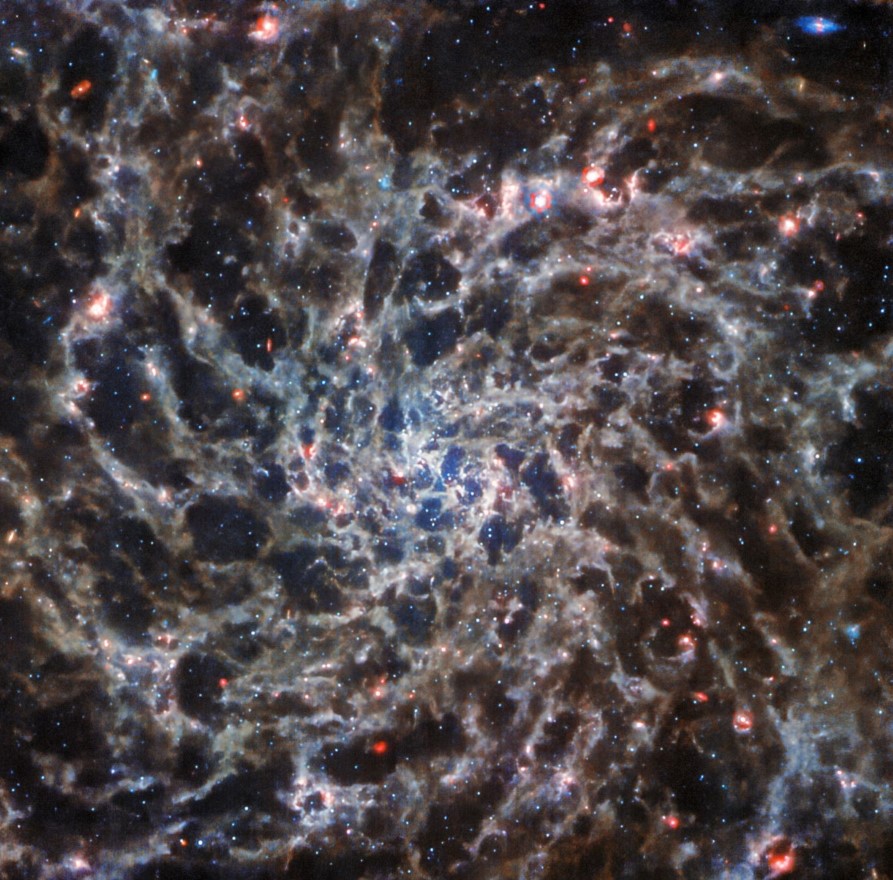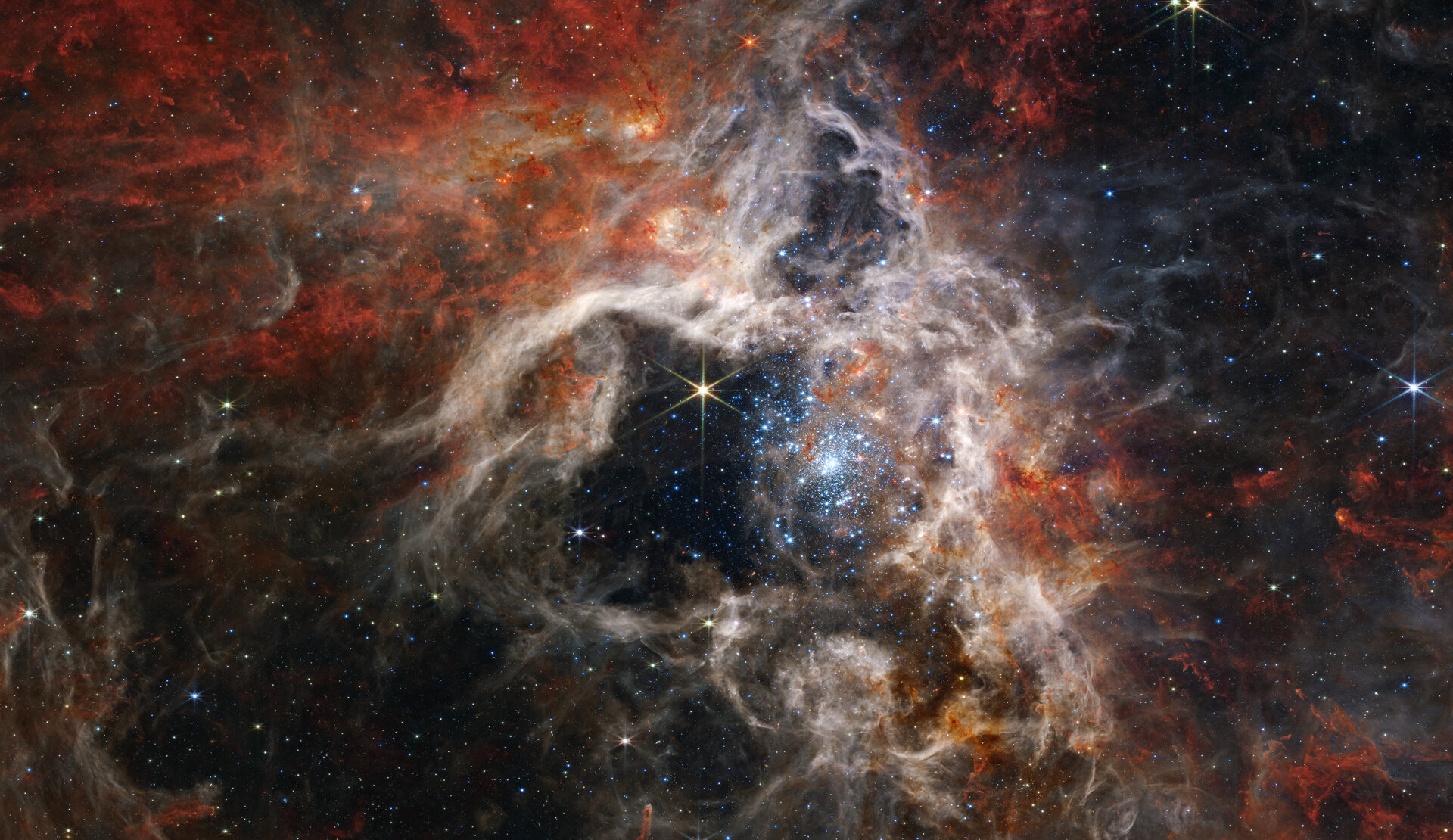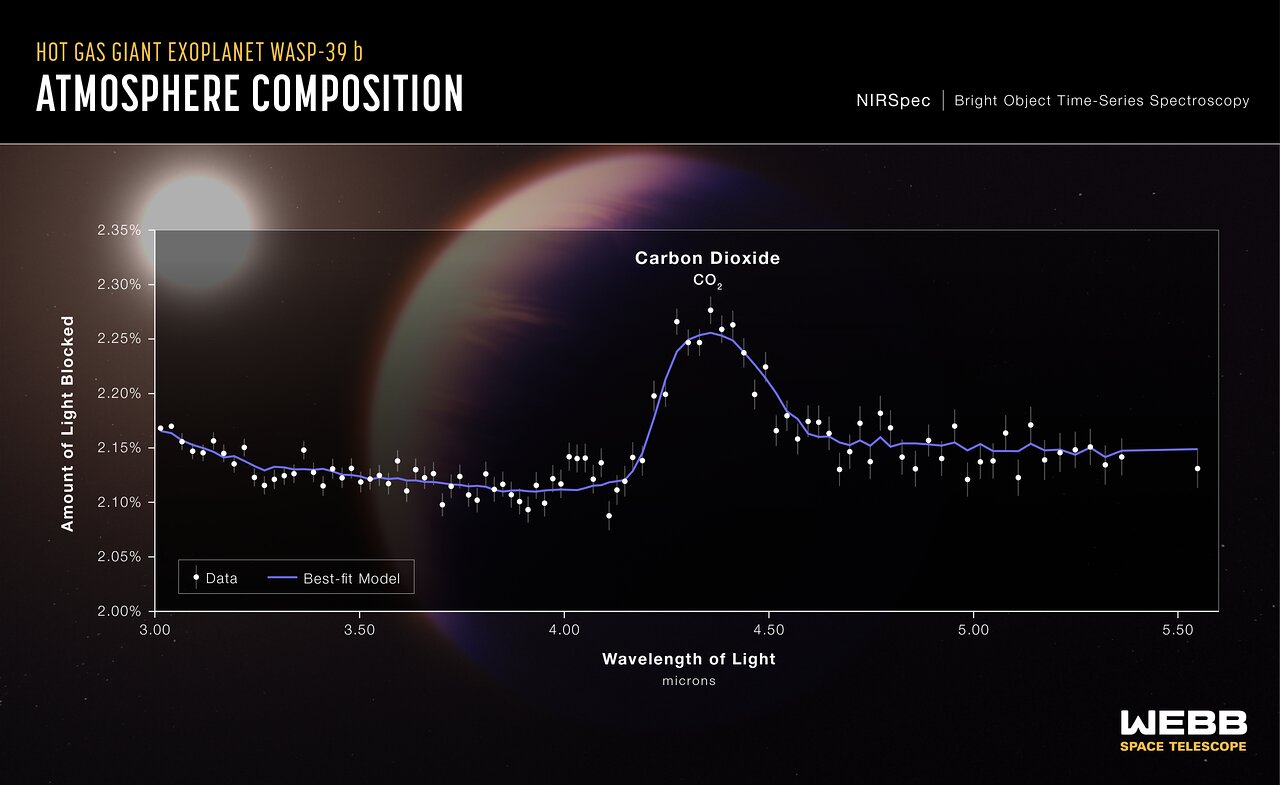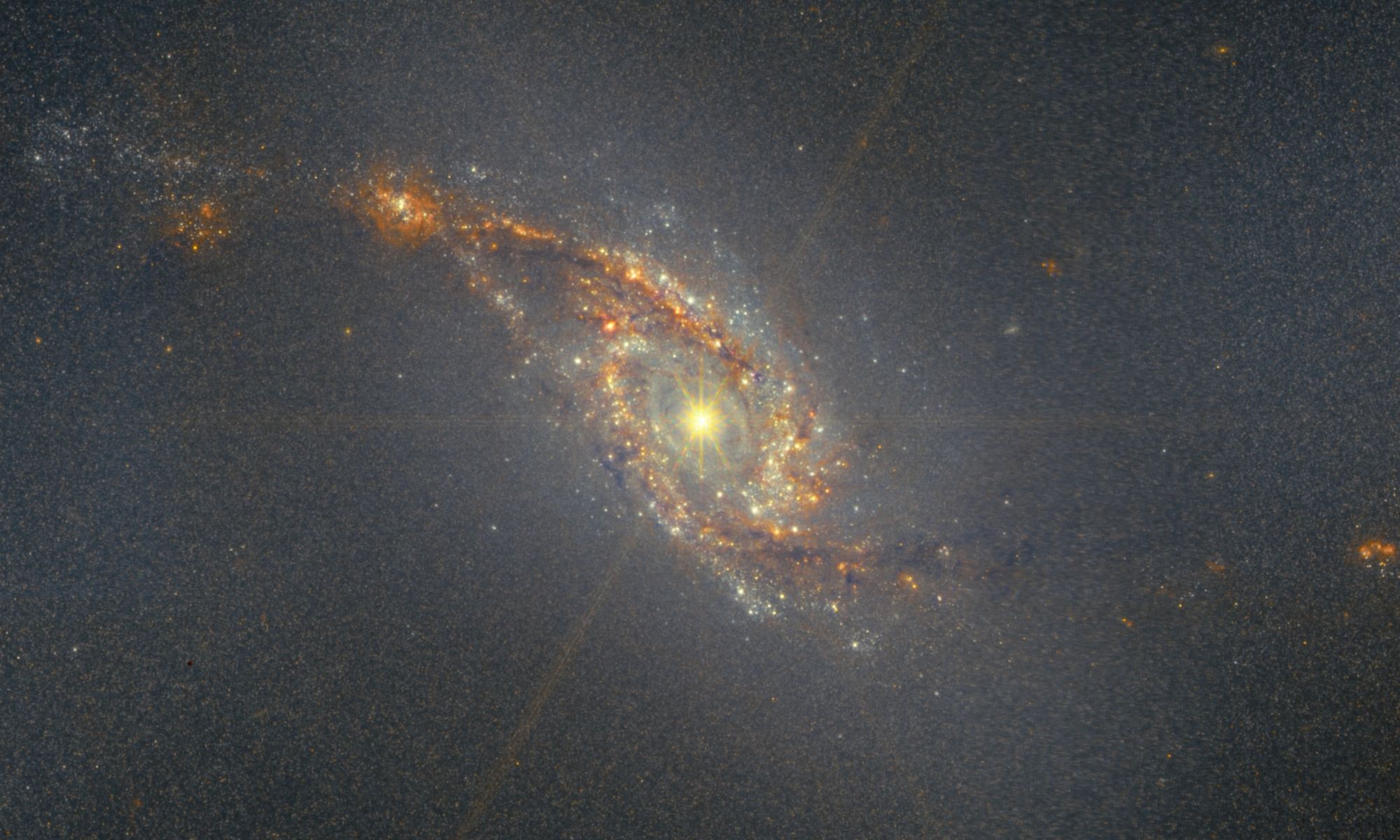Back in August, an early release image from the James Webb Space Telescope revealed a bizarre sight: as many as 17 concentric rings encircling a binary star system, called Wolf-Rayet 140. Was it a spiral nebula, an alien megastructure or just an optical illusion?
The answer, revealed today, is dust. A new paper published in Nature Astronomy explains how stellar winds in this odd binary system blasts dust into near-perfect concentric circles every time the two stars come close to each other in their eccentric orbits.
Continue reading “These Bizarre Concentric Rings in Space are Real, Not an Optical Illusion. New Data from JWST Explains What’s Happening”



![An artist's conception of a brown dwarf. A new study identifies CK Vulpeculae as the remnant of a collison between a brown dwarf and a white dwarf. Image: By NASA/JPL-Caltech (http://planetquest.jpl.nasa.gov/image/114) [Public domain], via Wikimedia Commons](https://www.universetoday.com/wp-content/uploads/2018/10/Artist’s_conception_of_a_brown_dwarf_like_2MASSJ22282889-431026-2000x1200.jpg)





